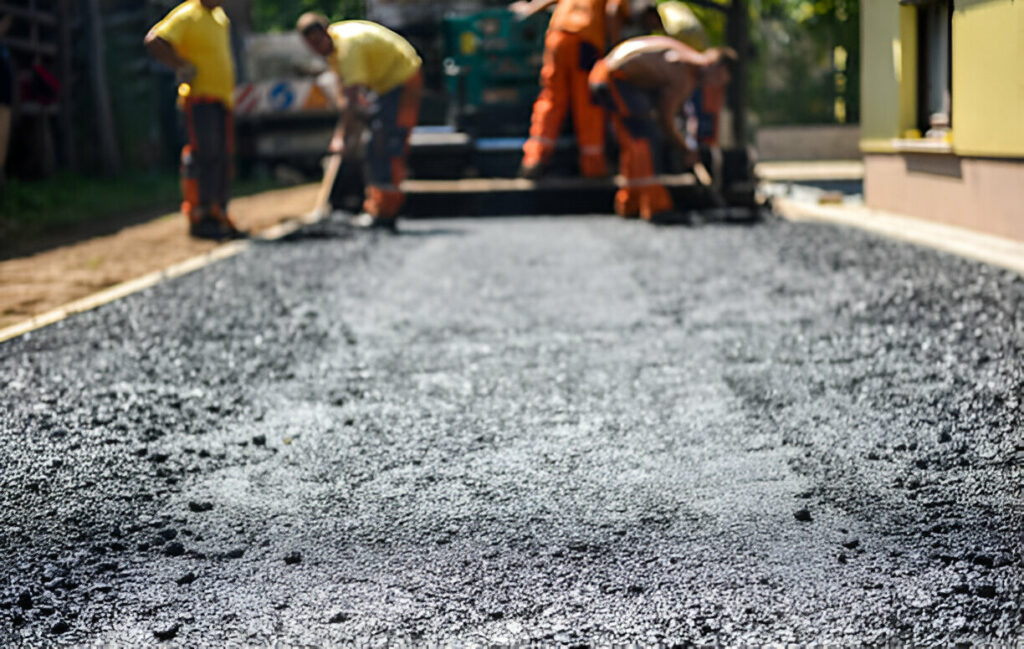Weeds are not just an eyesore. They steal water, nutrients, and sunlight from your plants, slowly choking the life out of your garden or lawn. But here’s the thing: simply spraying weed killer whenever you spot a dandelion or thistle won’t get you the results you want.
If you want to wipe weeds out properly, timing your attack is critical. Miss the right window, and you could waste your effort, your money, and your patience.
Why Timing Matters More Than You Think
Weed killers work by being absorbed into the plant and disrupting its growth systems. If the weed isn’t actively growing, it won’t absorb much of the treatment. That’s why spraying in the wrong season or even the wrong time of day can seriously limit how effective the weed killer is.
Not all weeds behave the same either. Some are annuals, some are perennials. Some thrive in spring, while others get a second wind in autumn. Understanding when weeds are at their most vulnerable gives you the upper hand.
The Best Seasons for Weed Control
Generally, the most effective times of year to apply weed killer are spring and autumn. But each season has its own sweet spot.
Spring – Catch Weeds Early
Spring is when most weeds burst into life. Targeting them at this stage gives you a real advantage because young weeds are tender and haven’t yet built up tough, established root systems. It’s much easier to kill weeds when they’re still small rather than letting them mature into stubborn, deep-rooted problems.
Another reason spring is so effective is because plants, including weeds, are actively growing. They are taking up water and nutrients at a rapid pace. This means they also absorb weed killer more quickly and efficiently, making your treatments much more powerful.
Acting early in the season can also stop weeds from flowering and seeding. A weed that hasn’t been allowed to produce seeds won’t be able to spread, saving you even more work down the line.
For the best results, aim for a dry day when temperatures are mild; somewhere between 15 and 25°C is ideal. Too cold, and the weeds are sluggish. Too hot, and the weed killer could evaporate too quickly to do its job.
Autumn – Strike Before Winter Dormancy
Autumn offers another fantastic opportunity for serious weed control, particularly when dealing with perennial weeds. During this season, plants start shifting their energy reserves from their leaves down into their root systems to survive the winter months. If you apply weed killer at this point, you’ll be working with the plant’s natural processes — the chemicals get drawn deep into the roots where they can do the most damage.
Another big advantage in autumn is that many of your other plants will be slowing down or dropping their leaves. With less foliage competing for space and sunlight, weeds are easier to spot and target effectively.
Timing is important here too. You want to apply your treatment while the weeds are still green and growing, before they fully shut down for winter. Pick a dry, calm day, and again, aim for that same comfortable temperature range of 15 to 25°C.
The Worst Times to Use Weed Killer
It’s not just about knowing when to act. Knowing when not to act can save you a lot of frustration.
During winter, weed killer is pretty much useless. Weeds are dormant, meaning their systems have slowed right down. They aren’t taking in nutrients, water, or chemicals, so spraying them is a waste of time and money.
During droughts or extreme heat, plants naturally shut down to protect themselves. Their pores close, and their growth slows dramatically. Weed killer can sit uselessly on the surface without being absorbed.
Right after rain is another bad time. Wet leaves can cause the treatment to run off or dilute, massively reducing how much gets taken into the plant.
Choosing the Right Time of Day
Once you’ve picked the right season, it’s time to get even more precise.
Morning or late afternoon is the best window. Midday sun is often too strong. Weed killer can evaporate quickly under harsh sunlight, and windy conditions are more likely around midday too, which increases the risk of spray drifting onto your garden plants.
If possible, wait until morning dew has dried off before applying. Wet leaves can cause the weed killer to slide off rather than sticking and soaking in properly.
A Few Extra Tips for Smarter Weed Control
Timing is the foundation, but a few extra smart strategies can push your results even further.
When spraying, try to coat as much of the leaf surface as possible. The more area you cover, the more chemical the weed can absorb, and the more likely you’ll hit the root hard.
Don’t panic if you don’t see instant results. Weed killers often take several days to a couple of weeks to fully work. If you rush in and reapply too soon, you might harm the soil or nearby plants unnecessarily.
And while it’s tempting to go heavy on the spray, stick to the recommended amounts. Overapplying doesn’t make it work faster. It can actually cause problems by damaging the surrounding environment or encouraging resistance in some weeds.
Finally, for stubborn or deep-rooted weeds, a second treatment might be needed. Stay observant after your first application and plan your second strike carefully if needed.
Make Every Spray Count
Weed control isn’t just a task you tick off when you get time. To truly defeat weeds, it’s all about strategy. Right season, right day, right conditions — when you get these lined up, your weed killer can do its job properly, and you can finally enjoy a healthier, cleaner garden without the endless battle.





